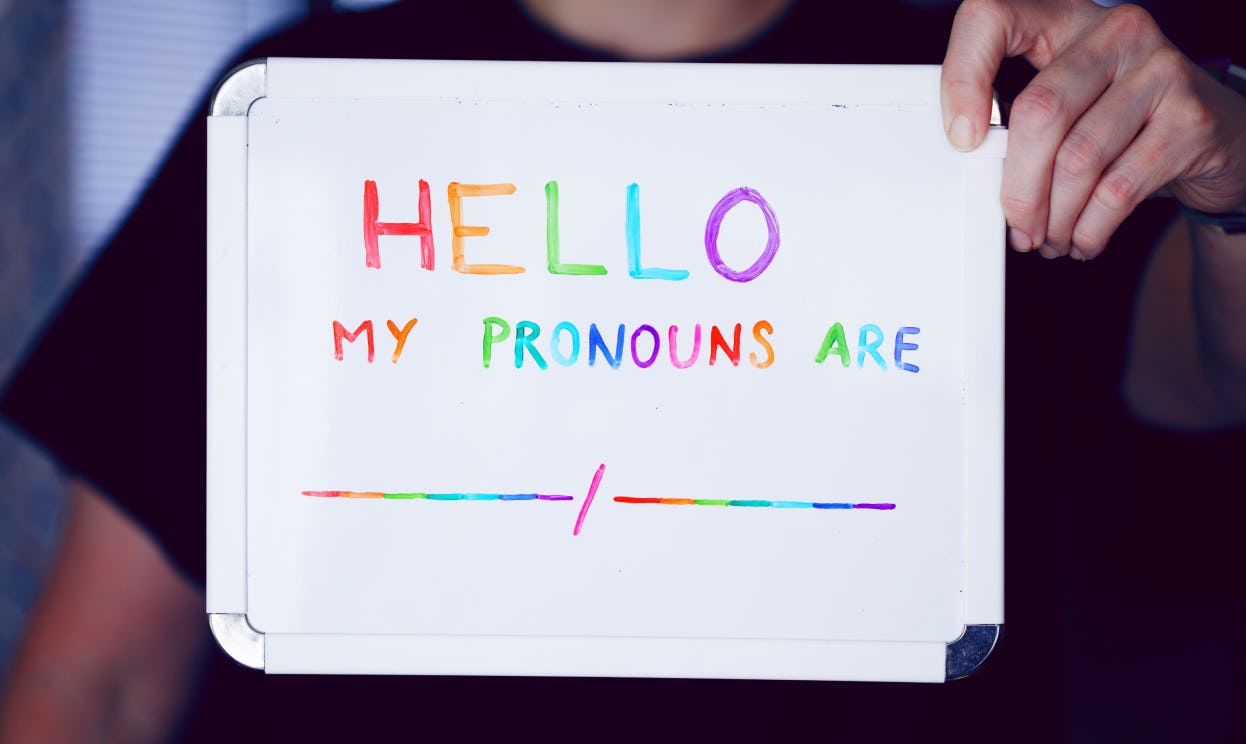Gender
From before we’re even born, most of us are labeled as either a boy or girl. But this labeling assumes that anatomy determines our gender, and that’s simply not the case. Gender isn’t binary biology, but rather a socially constructed idea. Inclusive marketing acknowledges a broader and more fluid definition of gender, actively challenges gender stereotypes, and reflects the limitless diversity of its expression.
Insights & ideas
Gender identity
Gender identity is an inherent part of who we are and may or may not correspond to the sex we’re assigned at birth. Someone’s gender identity may change over time, as can the language they use to describe it. Inclusive marketing acknowledges this complexity, whether that means accurately portraying the evolution of someone’s gender or simply taking care to use the correct pronouns.


Gender expression ≠ gender identity
Gender expression is the way we communicate our gender to others through things like clothing, hairstyles, language, and mannerisms. It also includes how individuals, communities, and society perceive, interact with, and try to shape ideas of gender. Some people move between gender expressions at different times or in different circumstances. Others express their gender in entirely new ways. Inclusive marketing is mindful of this, and doesn’t limit gender expression to traditional binary-based choices.
We are more than stereotypes
Marketing can be a powerful, positive tool in shaping both public perception and the culture that drives it. But to create truly inclusive marketing, we must work harder to think beyond stereotypes. Gender stereotypes reduce people to outdated conventions, exclude many of us from the conversation, and reinforce systemic gender inequality. As marketers, we can’t be afraid to challenge stereotypes, turn them on their heads, and embrace new, more inclusive gender representations in our creative.

Practice what you preach
As public awareness of gender inequality rose with the

Gender-fluid products are the future
The rise of gender
- UN Women, “Stereotypes,” UN Women Virtual Knowledge Centre to End Violence against Women and Girls, Aug 12, 2020.




